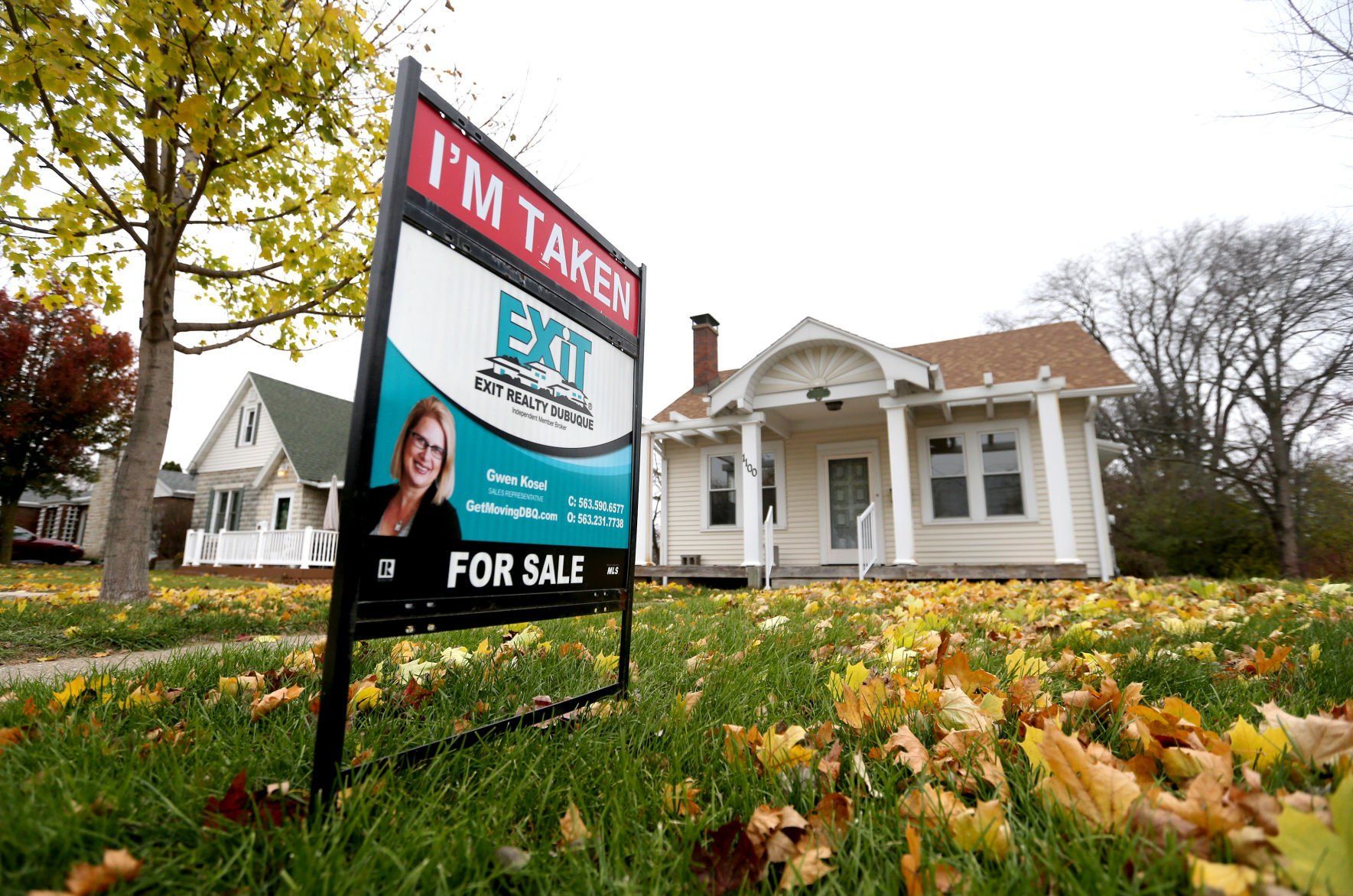The average selling price for a home in the Dubuque area has risen by nearly 10% so far this year, according to local Realtors.
Data released by East Central Iowa Association of Realtors showed the average sales price of a home was $233,537 through the month of October. That is up from $212,684 — a 9.8% increase — as the average sales price through the first 10 months of 2020.
“From my experience, an increase of 10% in one year is out of the ordinary,” said Sherry Spahn, president of East Central Iowa Association of Realtors.
The phenomenon hasn’t been confined to the Dubuque area. In southwest Wisconsin, the increase in sales price has been even more dramatic.
Deb Jenny, a broker with Platteville Realty, said the average sales price in Grant County through October of this year was $196,589. That marks a jump of nearly 24% compared to the same stretch last year.
She said the ongoing rise in prices is being driven in part by strong demand from buyers, who have come to realize they will need aggressive offers to land homes in a competitive market.
“What we have been seeing is a lot of competing offers and a lot of people going in (and offering) above the asking price,” Jenny said. “You’ve got people out there who really want to find a home. They’ve already been beat out a couple of times and, after that, they want do what they have to do to get their home.”
In this climate, practices that were once rare have become increasingly common.
Escalation clauses are a prime example. These clauses allow a buyer to place an initial offer but also spell out the intent to increase that offer in the event of being outbid by a competitor.
“That is definitely not something that was used a lot in the past,” Jenny said. “Now, people are looking at it as a way to beat the competition.”
This increased use of such approaches has been a boon to sellers, who continue to fetch more money when they place their homes on the market.
For those aiming to buy a home for the first time, however, the current trends are creating new barriers.
“For first-time homebuyers, it is taking more to get an offer accepted than they initially thought it would,” Spahn said. “It has been challenging for many of them.”
Jenny believes this has discouraged many would-be buyers, compelling them to remain renters for the time being.
“A lot of people have simply been priced out of the market,” she said.
In the Dubuque area, sales volume also has continued to rise.
Through the first 10 months of 2021, East Central Iowa Association of Realtors has reported 1,414 home sales, a 6% increase compared to the same stretch the prior year.
In Grant County, on the other hand, sales volume was down slightly, with 395 sold through the first 10 months of 2020 and 380 sold through October of this year.
After years marked by low inventory, low interest rates and soaring prices, area real estate agents believe those trends might be losing their momentum.
Interest rates have been near historic lows for multiple years, fueling higher demand from buyers and continued speculation that the rise of such rates was inevitable.
That forecast could finally be coming to fruition, according to Spahn.
“A little while ago, local lenders were all under 3% for a 30-year mortgage,” she said. “Now some are at 3%, some are slightly higher. These are still great rates, but I think we are seeing the start of a gradual rise.”
Spahn also said the inventory of homes on the market is slowly starting to increase. Such a trend would even out supply-demand dynamics and could relieve some of the upward pressure on prices.
Conor Brown, who represents a Realtor association in northwestern Illinois, said the market in that portion of the state has yielded impressive results throughout 2021.
“It has been a strong market,” Brown said. “What we started seeing in late 2020 has carried over into 2021 in incredible fashion.”
Brown said he expects seasonal trends to slow real estate momentum in the closing months of the year, a familiar phenomenon during the holiday season. Things should begin to pick up by early February.
“Generally, we see that activity start to increase right after the Super Bowl,” he said.


